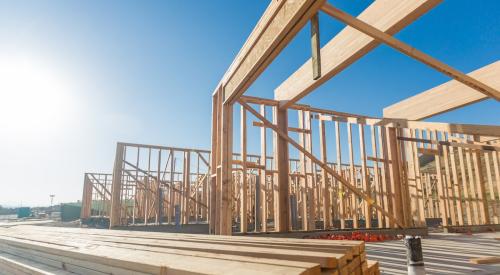When sellers drop the price of their home in 2021, it’s done so faster than usual and results in the home selling faster and for more money, says Zillow. Zillow says 8.5% of its listings in March experienced at least one published price cut compared to 12.2% in March 2020. Fewer sellers choose to drop the price of their listings now as the market continues to have few options and rising prices. In January this year, homes typically stayed on the market for 25 days before a price cut. After the cut, homes sold within an average of 19 days.
In general, price cuts are rare within the first three weeks a home is on the market — in January, the typical home nationwide was on the market for 25 days before its price was cut. This initial listing period gives buyers time to discover a home and evaluate if they’re willing to pay the upfront asking price, and sellers time to determine if their initial ask was on or off target. But once those first few weeks are up, sellers this year were less-reluctant to begin cutting their prices down — in January, sellers typically cut their price 4 days earlier when compared to January 2020. Among the top 50 metros, prices were cut fastest in January in Salt Lake City (typically after 15 days on market) and slowest in Miami (35 days).
Homes are also selling faster after a price cut than they were in prior years. Nationwide in January, the typical for-sale listing that had a price cut generally accepted an offer and went pending after 19 days, down from 25 in 2020. In metros including Cincinnati, Columbus, Kansas City and Salt Lake City, sold homes with a price cut went pending within 7-to-9 days, 4-6 days sooner than January 2020 in each case. On the other hand, listing status change from for-sale to pending for homes with price cuts is much longer (41 days) in both expensive metros like New York and fast-growing markets like Nashville, though still down from prior years.
And rather than opting for multiple price cuts, sellers this year are making fewer, but larger price cuts — the typical first price cut represented 3.3% of the home’s asking price in January, up from 3.1% in the same month a year ago. And homes with a price cut typically experienced just one price cut before selling, down from two in prior years. But on net, with fewer and larger cuts, the total price cut represented similar shares of the initial listing price — in January, the fewer cuts cumulatively represented 13.4% of the initial list price, similar to 13.3% previously.













